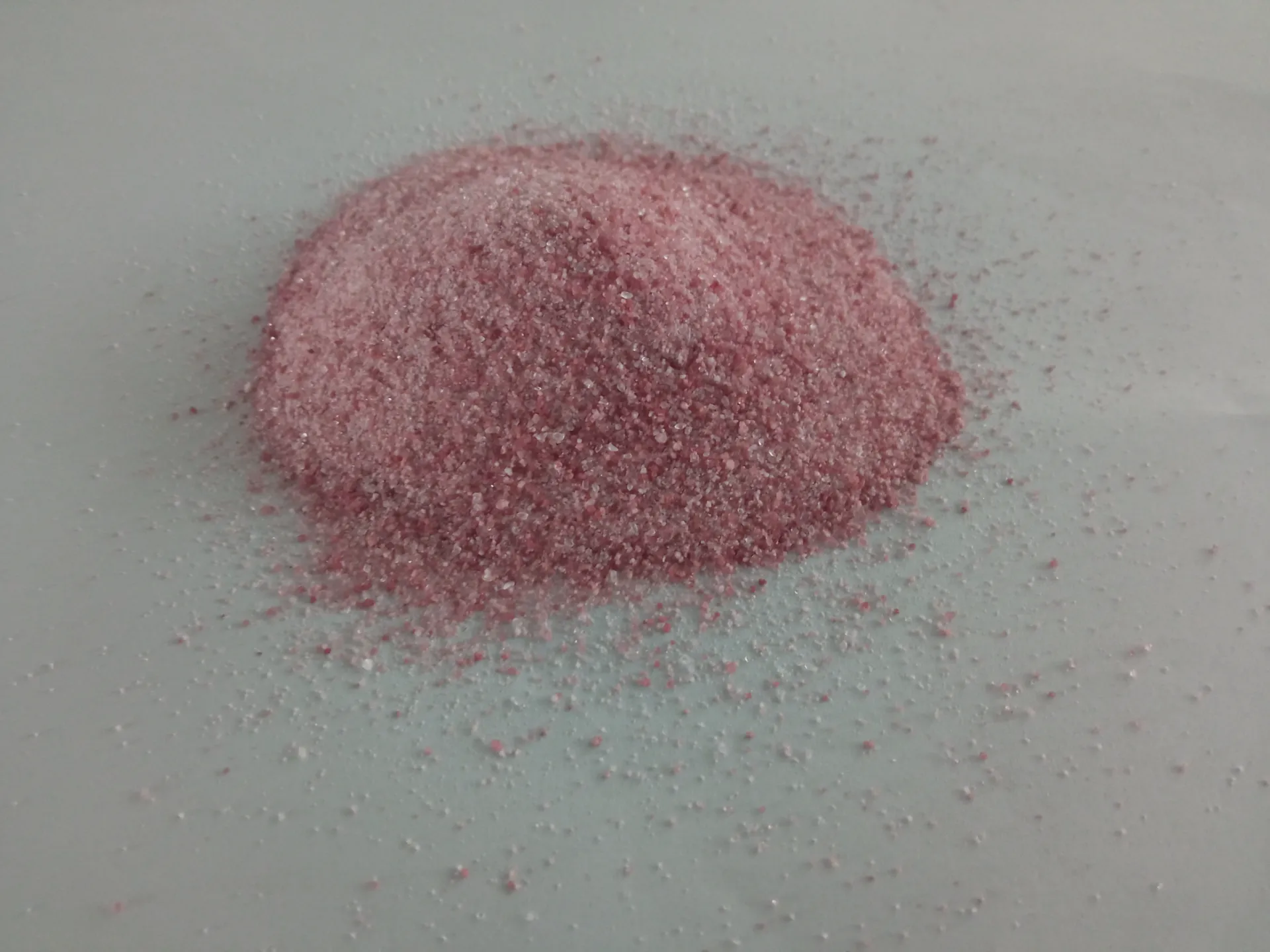



Pool Water Treatment Guide
When it comes to keeping your backyard or commercial swimming pool clean, understanding the types of pool water treatments available can make all the difference. The most common options include chlorine, bromine, saltwater systems, UV disinfection, and ozone treatment. Chlorine remains the go-to chemical for many homeowners because of its strong ability to kill bacteria and control algae. However, for those looking for a gentler solution, bromine works well in heated pools and spas, providing stable sanitation at high temperatures. Saltwater systems are becoming more popular for residential pools, as they continuously generate chlorine from salt, reducing the need for manual dosing and harsh chemical smell. UV and ozone treatments are excellent for those who want minimal chemical use — they use light or gas to destroy bacteria and viruses, making them perfect additions to eco-conscious pool setups. Each of these types of pool water treatments has its pros and cons, and the right choice depends on your pool size, usage, and maintenance budget.

Types Of Swimming Pool Water Treatment For All Pool Owners
Choosing between the many types of swimming pool water treatment options can feel overwhelming, but each method serves a specific purpose. Traditional chlorine treatment involves either tablets, liquid, or granular chlorine being added directly to the water to disinfect and oxidize contaminants. Saltwater chlorination offers a softer swimming experience, using electrolysis to convert salt into chlorine as needed. Then there’s biguanide-based treatments, a non-chlorine sanitizer that’s effective and less harsh on skin and eyes, though it requires strict maintenance routines. UV sanitation systems are great secondary sanitizers that reduce chlorine demand and prevent resistant microorganisms. Ozone, produced via an ozone generator, is one of the most powerful oxidizers and works by breaking down harmful bacteria and organic matter in the water, enhancing water clarity. Understanding the different types of swimming pool water treatment helps homeowners and pool operators create a cleaner, safer swimming environment tailored to their preferences and pool usage patterns.
Swimming Pool Water Treatment Plant Cost Considerations
For large-scale operations such as hotels, resorts, and public aquatic centers, investing in a full swimming pool water treatment plant cost is a critical part of long-term planning. These systems typically include automated dosing equipment, filtration units, pH and ORP monitoring sensors, UV or ozone units, and sometimes computer-integrated systems that control all processes. The initial investment varies widely depending on capacity, complexity, and brand — with basic installations starting from $10,000 and going well beyond $100,000 for sophisticated, fully automated plants. While the upfront swimming pool water treatment plant cost may seem steep, these systems drastically reduce the need for manual labor, minimize chemical overuse, and maintain consistent water quality with less human error. Over time, they can save thousands in operational costs and improve user safety, especially in high-traffic pools. For municipal and large-scale pool operators, these treatment plants are not just luxury upgrades but essential infrastructure for compliance, efficiency, and public health.
Green Pool Treatment Methods That Actually Work
Dealing with murky, algae-infested pools? You’re not alone — and that’s where green pool treatment becomes essential. Green water typically means algae overgrowth caused by low chlorine levels, poor circulation, or filtration failure. The most effective way to treat it begins with shocking the pool — adding a heavy dose of chlorine or non-chlorine shock to kill the algae. Afterward, brushing all pool surfaces and running the filtration system continuously helps remove dead algae. Algaecides can then be used to prevent recurrence. Some people also opt for phosphate removers since phosphates are a food source for algae. If you prefer a natural or low-chemical method, UV and ozone systems also play a role in controlling algae without harsh effects on skin or swimsuits. Regular maintenance, water testing, and prompt action are crucial to avoiding severe green pool problems. With the right green pool treatment, you can restore water clarity and enjoy a clean, safe pool season after season.
Swimming Pool Water Treatment Plant Cost And FAQs
How much does a swimming pool water treatment plant cost for a small hotel?
The cost varies by system and capacity, but a small hotel can expect to spend between $15,000 to $40,000 for a complete, automated treatment plant that includes chemical feeders, filters, and sensors.
Are saltwater systems cheaper than traditional chlorine treatments?
Saltwater systems may have higher upfront costs but generally require fewer chemical purchases over time. They are also easier to maintain and gentler on skin and eyes, offering long-term value for residential pool owners.
Can green pool treatment be done without draining the pool?
Yes, most green pools can be treated without draining by using shock treatments, brushing, filtering, and algaecides. It’s essential to maintain proper chemical balance afterward to prevent algae from returning.
Which types of swimming pool water treatment are best for sensitive skin?
Biguanide systems, saltwater systems, and UV treatments are often recommended for people with sensitive skin, as they reduce the harshness of chemicals in the water while still providing effective sanitation.
Where can I find reliable water treatment systems for my pool?
If you're looking for affordable, high-performance systems and expert advice on swimming pool water treatment, visit our official website today. We offer a full range of solutions to suit every budget — from home pools to commercial operations — along with top-tier customer support to help you every step of the way.
-
Sodium Chlorite Hot UsesNewsJul.01,2025
-
Sodium Chlorate ApplicationsNewsJul.01,2025
-
Smart Use Of Sodium ChloriteNewsJul.01,2025
-
Power Of Sodium BisulfateNewsJul.01,2025
-
Potassium Monopersulphate & Sodium Chlorite: Key to Effective Cleaning SolutionsNewsJul.01,2025
-
Why Strontium Carbonate Still MattersNewsJun.06,2025
-
Why BaSO4 MattersNewsJun.06,2025










